Table of Contents
ChatGPT is known for its content creation capabilities. Its ability to understand instructions, dig up and synthesize information, and create compelling content is unparalleled.
Speaking of compelling content, nothing beats gamified, interactive course activities. Learners love activities that put them in the driver’s seat and enable them to take action, think critically, and interact with their peers.
The good news is that there’s room in every course for gamification and interactivity. The even better news is that ChatGPT can lend a hand and help you build interactive activities to gamify your learning experiences in the blink of an eye. It’ your AI course creator.
This post will show you how!
Interactive course activities are flexible and can be tweaked to fit any type of course. The examples we use here are not strictly addressed to a specific audience – you might as well create a positive psychology (an activity we suggest for coaching) to use in a corporate training course.
Are you ready? Let’s see 10 interactive course activities you can create with concrete prompt examples. But first, let’s see what gamification is all about and how it can improve a learning experience.
Table of contents
Gamification: Definition and Benefits
Gamification is an educational strategy where game elements are incorporated into the learning experience. It’s distinctively different from game-based learning, which involves actual games.
Although gamification is primarily associated with game mechanics like points, levels, and leaderboards, there’s more to it.
Rewarding learners with a badge or certificate is also gamification. The same is true for interactive, collaborative activities, like role-playing games.
Challenges are another example – and they can take either the form of an entire challenge course or a group challenge as a learning activity.
Last but not least, let’s not forget about storytelling. Incorporating stories with immersive narratives and memorable characters, or story-based assessments, takes engagement up a notch or two. If you haven’t tried it, you’re missing out on a fantastic opportunity to hook your audience!
Ultimately, gamification makes learning more fun by promoting healthy competition and elements of challenge and reward.
Most importantly, because many gamified activities are interactive and collaborative, gamification is an amazing educational tool that enhances learning.
Interaction helps learners immerse themselves in the learning process, deep-dive into a topic, learn from each other – with each learner contributing – and practice hands-on.
All these result in more effective learning that sticks, or else better knowledge retention.
10 Great Interactive Course Activities to Create With ChatGPT
We have picked 10 learner-favorite activities that ChatGPT can help you with. We’ll show you how to leverage ChatGPT to create interactive content – how to create effective prompts first, and then how to add a touch of gamification to the generated content!
🔥 Before we begin, let us share a hot tip with you: a new ChatGPT plug-in has been recently released to help you optimize your prompts. It’s called Prompt Perfect, and you should give it a try if you ever get stuck!
#1 Interactive Video
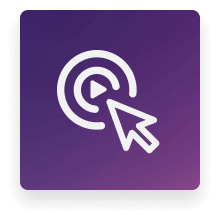
Video is hands-down the most popular educational tool that shouldn’t miss from any course. Ask ChatGPT to produce a video script for your course – it does so surprisingly well. Let’s say it’s a course for customer service employees:
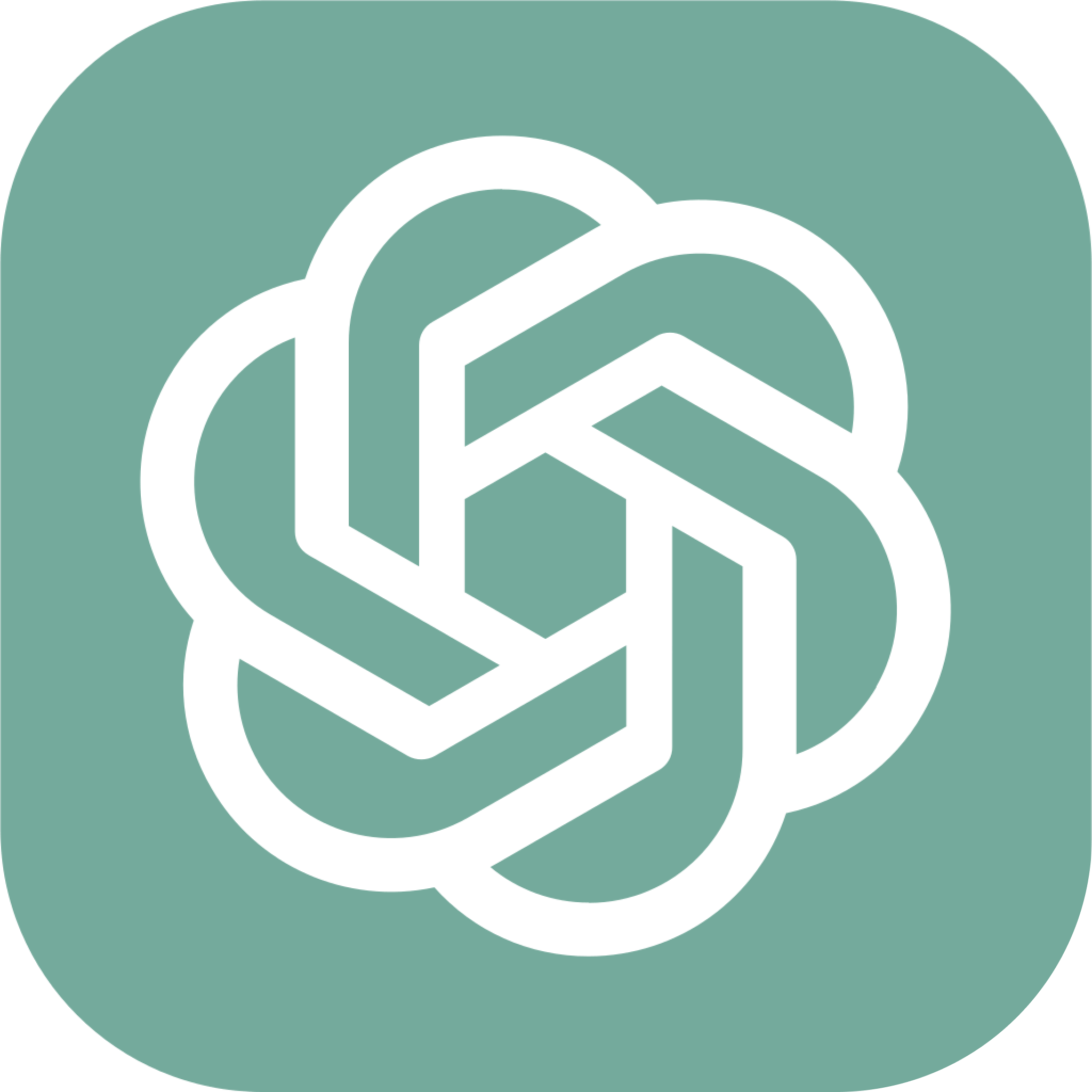
You’re an Instructional Designer. Write a script for a video lesson discussing customer service best practices. Focus on dealing with difficult customers. Include simulated dialogues.
🎮 How to gamify an interactive video:
#2 Badges
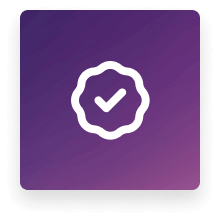
More of a gamification element than a course activity, badges are indirectly linked to course activities as they’re used to reward learners for completing a task, finishing a lesson, achieving a high score, and pretty much anything that counts as an accomplishment.

Act as an instructional designer. You’re building an advanced course about cybersecurity best practices. You want to create badges to offer your learners at the end of each unit. Suggest witty names for the badge for each one of the topics covered: social engineering, phishing attacks, remote work, physical security, public wi-fi, removable devices, passwords, internet browsing, and social media.
Most of ChatGPT’s suggestions were spot-on and pretty funny: you must love Safe Surfing Virtuoso, Phish Phighter, or Password Sensei!
🎮 How to gamify a badge:
#3 Goal Setting & Mapping

Create goals for your coaching clients or your employees, and break them into milestones.
Breaking any goal into smaller milestones increases the success rate as it makes the goal more manageable.

You’re a business mentor. Your mentee wants to overcome their fear of public speaking. Help them achieve this goal by breaking down this goal into milestones. Suggest one activity they must complete to reach each milestone.
ChatGPT produced an excellent plan broken down into 7 milestones of increasing difficulty plus an activity. It started with Milestone 1, “Building confidence and self-awareness,” and the suggested activity was self-reflection journaling. Milestone 7, “Mastering the Fear,” presented the learner with the ultimate challenge of delivering a keynote or TED talk.
🎮 How to gamify goal setting:
#4 Group Collaboration Project
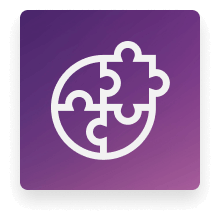
Group collaboration projects are among the most engaging and valuable activities you can incorporate into a course.
Apart from enabling learners to explore a topic in depth or demonstrate their skills while doing hands-on practice, they enhance soft skills like teamwork, delegation, and communication.

You’re an instructional designer. Suggest some group collaboration activities for a paper craft course, advanced level.
We got some great suggestions (that made us want to try paper crafting ourselves, to be honest), like asking the group to create an installation or a paper sculpture, or set up an exhibition using a specific technique.
🎮 How to gamify a group collaboration project:
#5 Positive Psychology Exercises
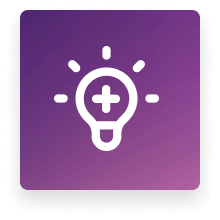
Positive psychology exercises are great for coaches, mentors, and consultants. They can help your client or mentee understand their strengths and how they can utilize them, gain confidence, and start their self-improvement journey with a can-do attitude.
These types of exercises are also excellent for soft skills training, like sales or conflict management. Employees can identify their strongest suits and use them more effectively in the context of their job.
Incorporate positive psychology exercises during your first session for a powerful start!

You’re a life coach and are conducting your first session with a new client. Use some positive psychology exercises to help them identify their strengths.
ChatGPT suggested an exercise named “Three Good Things,” where the client is asked to think about three things that went well for them recently. For each of these things, they would then dig deeper to understand how their own attributes played a role.
🎮 How to gamify positive psychology exercises:
#6 Guided Visualization

Similar to positive psychology, guided visualization exercises can be used for a nice motivation boost as they help the person doing the exercise picture their ideal reality.

You’re a life coach. Create a guided visualization exercise for a client who wants to start a fitness routine but lacks the motivation to stick to it.
🎮 How to gamify guided visualization:
#7 Storytelling

Another top education medium, storytelling has the power to fascinate, educate, and inspire at the same time. Use it in business training to demonstrate good and bad practices or to encourage change.

You’re a business coach. Your client feels overwhelmed by some recent changes in their workplace. Create an uplifting and inspiring story to help your client build resilience and navigate change.
ChatGPT generated a beautiful story about an employee, Sarah, who faced similar challenges and got inspired by eagles, who instead of getting flustered by strong, unexpected winds, use them to fly even higher. This gave Sarah the motivation she needed to see change as an opportunity to embark on a journey of self-improvement.
🎮 How to gamify storytelling:
#8 Scenario-Based Learning

Scenarios, like stories, educate and engage learners. Their key difference is that they’re usually based on real-world situations and are more practical. In this example, we’ve asked ChatGPT to create a scenario simulating a social engineering attack.

Act as an instructional designer building a cybersecurity awareness course. Create a dialogue simulating a social engineering attack on a company employee.
🎮 How to gamify a scenario-based assessment:
#9 Course Discussions & Polls

ChatGPT can help you initiate course discussions and enhance interaction between peers and active learning. You can ask it to come up with thought-provoking questions or a poll.

You’re an instructional designer. You’ve built a course on corporate social responsibility. Create 5 thought-provoking questions to start a discussion.
🎮 How to gamify course discussions:
#10 Quizzes

Assessments are necessary to ensure learners are on the right track at any certain point during the course. ChatGPT can design any type of quiz you want – you only need to set the desired requirements.

Act as an instructional Designer. Create a 10-question multiple-choice quiz for an online course teaching cybersecurity best practices. Topics covered: social engineering, phishing attacks, remote work, physical security, public wi-fi, removable devices, passwords, internet browsing, and social media.
🎮 How to gamify a quiz:
Best Practices and Considerations When Using ChatGPT
Align activities with learning objectives
Having access to millions of ideas and AI-generated content, it’s easy to forget why you’re creating each activity, to begin with.
But every single activity you add should bring learners closer to achieving the learning objectives of the course (or their personal goals in coaching).
When activities and learning objectives are misaligned, the risk of overwhelming learners is higher since their minds will be filled with information that doesn’t really serve an educational purpose and only adds to their cognitive load.
Review AI-generated content
You definitely can’t let ChatGPT run wild on its own and simply copy/paste the output. Reviewing AI-generated content is essential, for many different reasons:
✅ Improve readability and flow
✅ Ensure it doesn’t contain any biased or harmful implications
✅ Ensure the information is current, or update it accordingly (remember, ChatGPT doesn’t have knowledge of the world after September 2021, and its browsing feature is currently released in beta version)
✅ Custom-tailor content to meet your requirements
When we asked ChatGPT to create badges for our cybersecurity course, among other suggestions, it came up with a “Mastermind Manipulator” badge.
Now, that would have created some confusion for the proud recipient, right? ChatGPT still needs work grasping delicate nuances, so don’t trust it blindly even with simple requests.
Request user feedback
Request user feedback on your course regardless of whether you’ve used AI to generate content – but all the more so if you have!
See how learners respond to machine-generated ideas and creative work and whether they find anything “unusual.”
Balance automation with human intervention
Don’t rely entirely on ChatGPT or any other AI technology to build your course activities. If anything else, you will become sluggish and lose your creativity over time. Use AI as a source of inspiration and a way to speed up the development process, but let your work be the result of your own unique mind.
Gamified Learning is Engaging Learning
Don’t hesitate to use this fantastic tool that AI has generously provided you to craft memorable eLearning experiences no matter the course topic.
Do you know what goes well with ChatGPT? A robust online learning platform that will help you utilize this content – and take it up a notch! LearnWorlds has powerful features to support interactivity and gamification, like badges, built-in community, video conferencing integrations, multimedia content, and rich assessments.
Take advantage of our 30-day free trial and start creating now!
Further reading
- 10 eLearning Trends
- 100+ Elearning Statistics, Facts and Trends
- 18 Amazing Outline Templates to use in Course Design [3 Downloadables]
- The Essential Guide on How to Create Cohort-Based Courses
- The 19 Best Learning Management Systems
- 18 Amazing Outline Templates to use in Course Design [3 Downloadables]
- Personal Branding Guide: How to Build Your Brand Strategy
- Captivate Your Audience: Crafting Compelling Content for Online Courses using ChatGPT
- A.I. Course Creation: How to Use ChatGPT to Create eLearning Content
- The Rise of Artificial Intelligence in Education: Will A.I. Disrupt eLearning?

Androniki Koumadoraki
Androniki is a Content Writer at LearnWorlds sharing Instructional Design and marketing tips. With solid experience in B2B writing and technical translation, she is passionate about learning and spreading knowledge. She is also an aspiring yogi, a book nerd, and a talented transponster.




